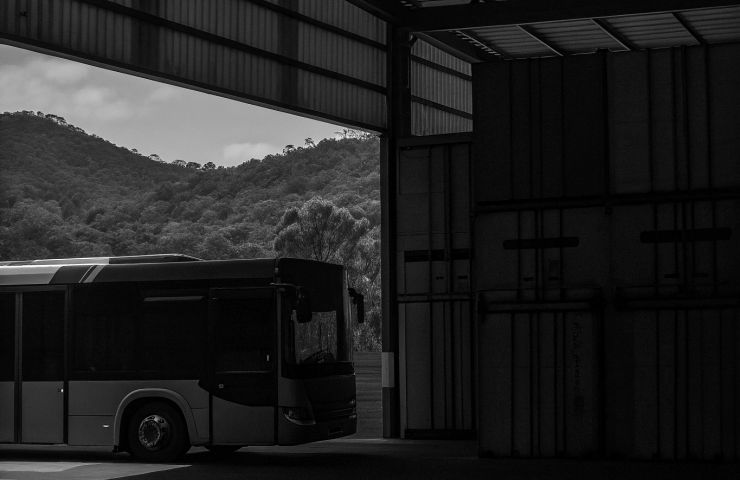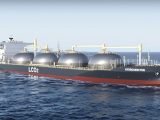
Green Hydrogen Buses Hit Hobart Streets: Tasmania’s Zero-Emission Bus Trial
August 18, 2025Picture this: you step onto your morning bus and, rather than leaving a trail of grey smoke, you’re part of a zero-emission technology revolution. That’s the scene in Hobart as of August 14, 2025, when Metro Tasmania rolled out its first three sleek hydrogen electric buses. It’s more than just a show pony—it’s a full-on demo of green hydrogen in action.
Zero Emission Bus Trial: The Nuts and Bolts
This two-year Zero Emission Bus (ZEB) trial isn’t a solo act. It’s a team-up between Metro Tasmania, the Tasmanian Government and a squad of tech whizzes. Here’s the lowdown:
- Foton Mobility Distribution delivered three 12-metre hydrogen fuel cell buses built for city streets.
- H2H Energy set up the containerized H2CORE refuelling system at Metro’s Mornington depot, pumping out hydrogen at 35 or 70 MPa.
- Blue Economy CRC runs a 700 kW PEM electrolyser onsite, churning out up to 262 kg of green hydrogen every day.
Thanks to Tassie’s bounty of hydro and wind power, this trial nails zero-emission technology from start to finish—our tailpipes only exhale water vapour.
Inside the Fuel Cell Powertrain
Every bus is a tiny power plant on wheels. Hydrogen, stored in high-pressure tanks, teams up with oxygen in the fuel cell stack, sparking electricity that drives the motor and keeps a lithium-ion battery topped up. When the bus brakes, that battery soaks up energy, kind of like a backup singer stepping in on the chorus. It’s a hybrid duet that:
- eases range anxiety by blending battery reserves with on-board generation;
- handles stop-start city runs with ease;
- and cranks out nothing but water vapour—true zero-emission technology.
Financial and Policy Drivers
Money makes the world go ’round, and this trial is co-funded by Renewables, Climate and Future Industries Tasmania plus the Department of State Growth. The mission:
- shave down Metro’s diesel fuel bills and carbon footprint;
- gather real-world data on fuel use, upkeep schedules and how long parts really last;
- compare the total cost of ownership against diesel and battery-electric buses.
Crunching these figures could pave the way for a full fleet rollout—attracting more private investment to beef up hydrogen infrastructure like refuelling stations and dedicated corridors.
From Penal Colony to Hydrogen Hub
Hobart started life in 1804 as a penal settlement. Fast forward to today, and nearly 100 percent of its electricity comes from renewables. Since 2020, Tasmania has planted the seeds for multiple hydrogen pilots to diversify its economy and decarbonize transport and industry. This bus project is the first to weave local green hydrogen production directly into everyday public transit at scale.
Global Landscape: Hydrogen Buses in Perspective
Lots of cities—Berlin, Tokyo and Seoul among them—have dipped their toes into hydrogen buses. But they often rely on imported hydrogen or grid-tied electrolysers. Tasmania’s playbook is different: produce and use green hydrogen side by side. That local supply chain could drive down costs and become a blueprint for regional sustainable energy rollouts worldwide.
Broader Ripple Effects
Cleaning up the air is just the beginning. This trial could spark:
- better public health from slashed particulates and NOx;
- new jobs in fuel cell maintenance and refuelling ops;
- research synergies between Blue Economy CRC and CSIRO’s HyResource network;
- economic diversification as Tasmania gears up for green hydrogen exports;
- and an eco-tourism bonus—imagine visitors touring on whisper-quiet, water-vapour-only buses.
Challenges on the Horizon
No pilot’s a walk in the park. Key questions include:
- Can the electrolyser meet peak demand without chokepoints?
- Will scaling up refuelling stations stay cost-effective for a larger fleet?
- Over the next decade, how will hydrogen buses stack up against battery-electric options on total cost of ownership?
That’s why Tasmania’s government and industry partners will be knee-deep in data—tracking every kilometre and kilowatt-hour over the next two years.
What to Watch Next
If you’re as curious about hydrogen fuel cells and green hydrogen as I am, keep an eye on Hobart’s performance stats, cost curves and any policy pivots. Should these buses hit the sweet spot—reliability, range and affordable costs—they could chart a course for other regions chasing zero-emission technology. Right now, Tasmania’s streets are a living lab for sustainable energy, and the insights we glean here will ripple across the global scene.



 With over 15 years of reporting hydrogen news, we are your premier source for the latest updates and insights in hydrogen and renewable energy.
With over 15 years of reporting hydrogen news, we are your premier source for the latest updates and insights in hydrogen and renewable energy.